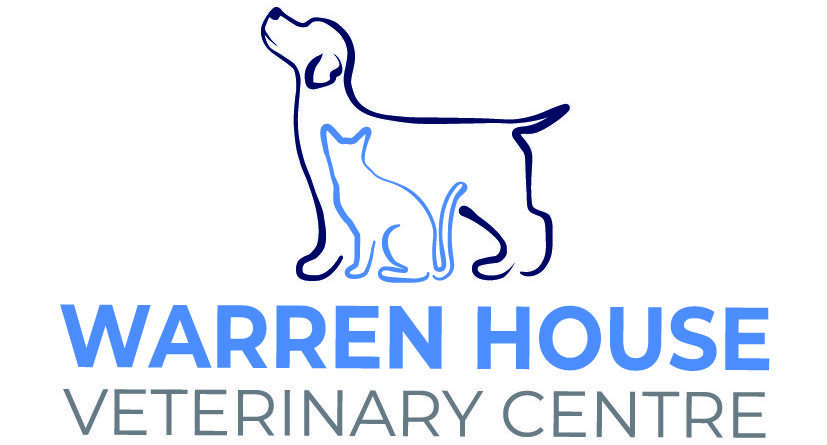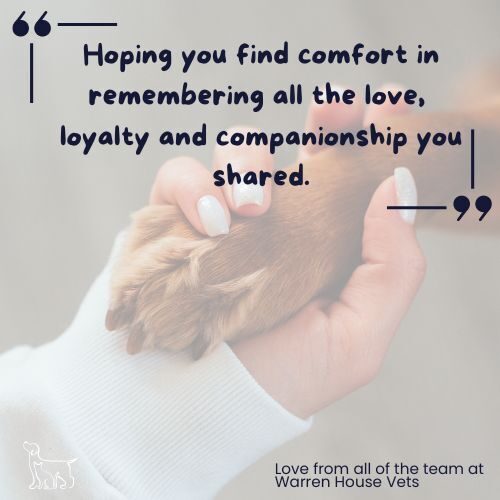Pet Urns
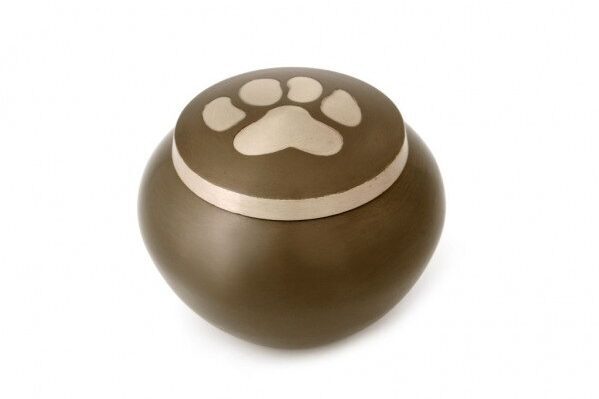
Slate Odyssey
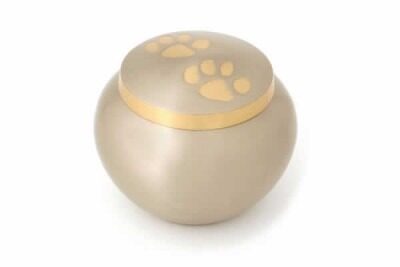
Pewter Odyssey
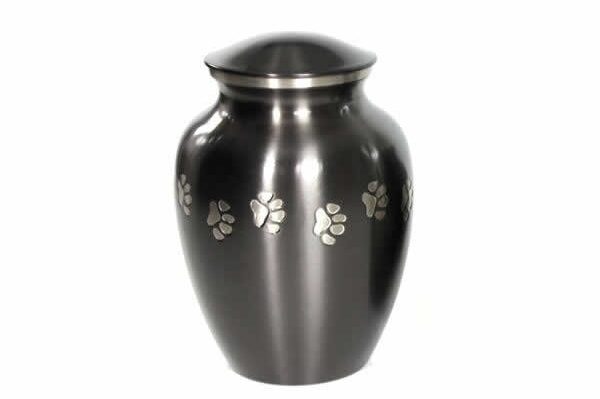
Classic Urns
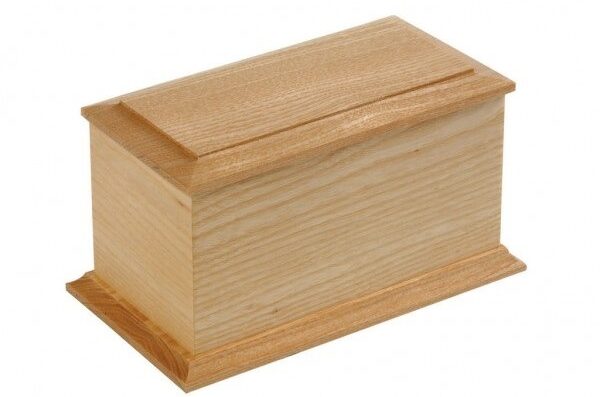
Natural Wood Casket
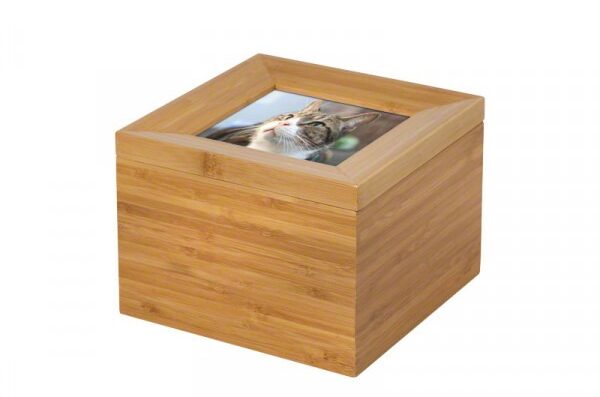
Tribute Boxes
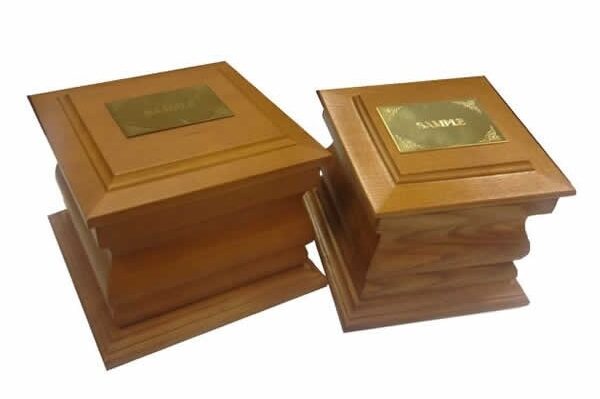
Engraved Wood Casket
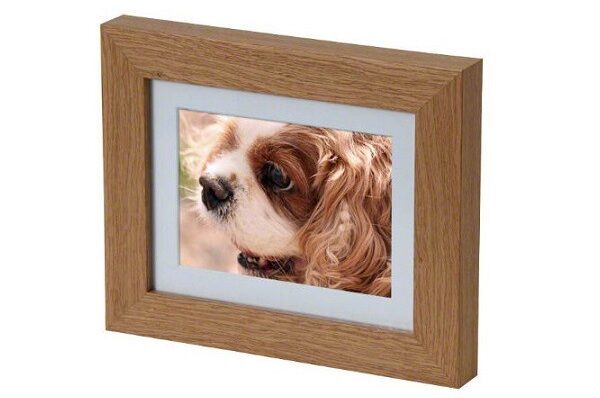
Picture Frame Casket
Pet Scatter Boxes & Keepsakes

Deluxe Scatter Boxes
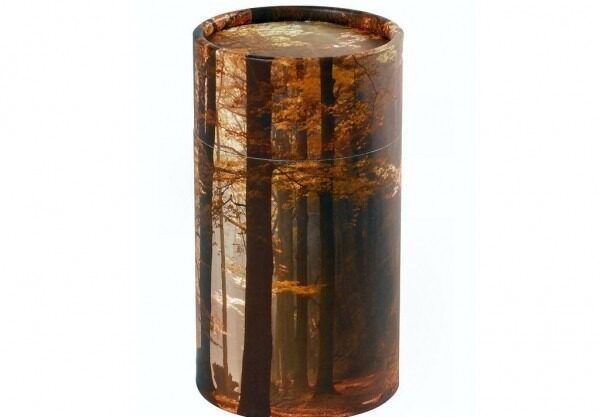
Scatter Tubes
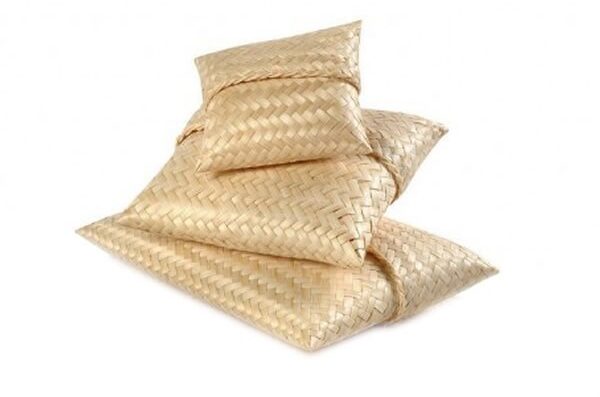
Scatter Pouches
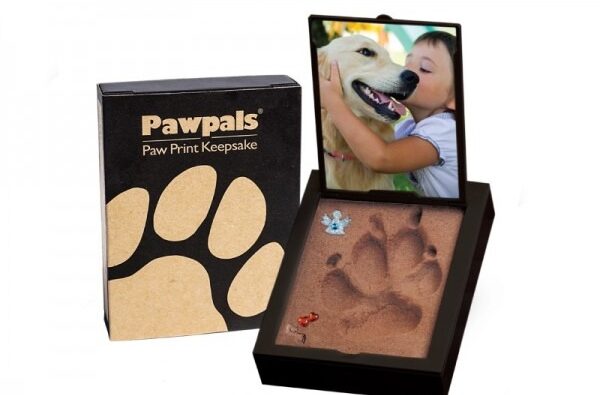
PawPals Paw Print
We are all so sorry for your loss
We fully appreciate that this may be a difficult time and the importance of handling your beloved pet with the dignity and respect they deserve.
We have a lovely range of options and keepsakes for your adored pets, so that they can always be with you…
